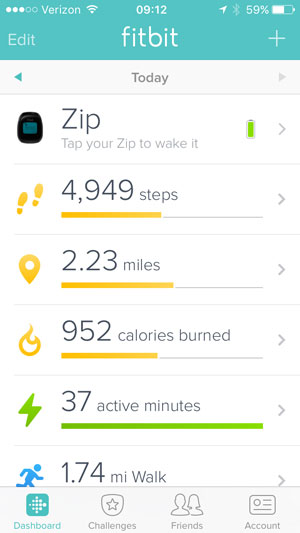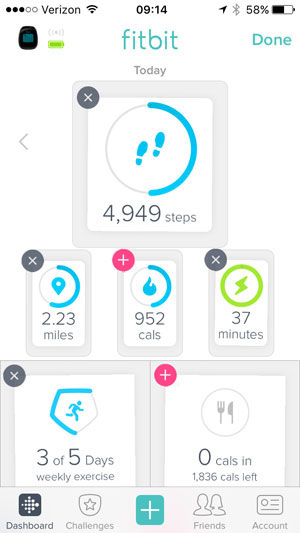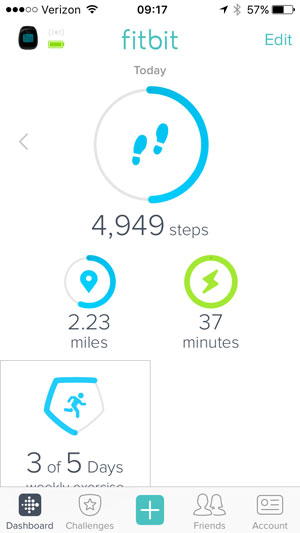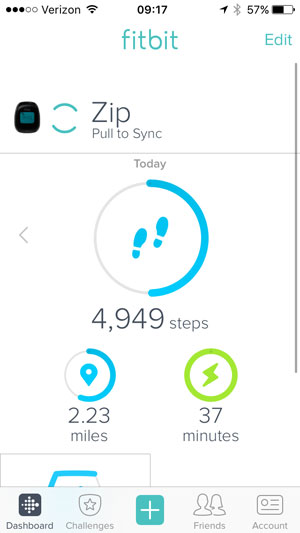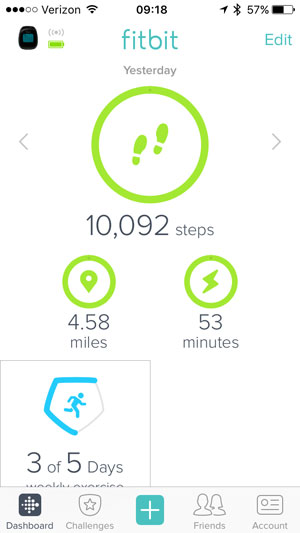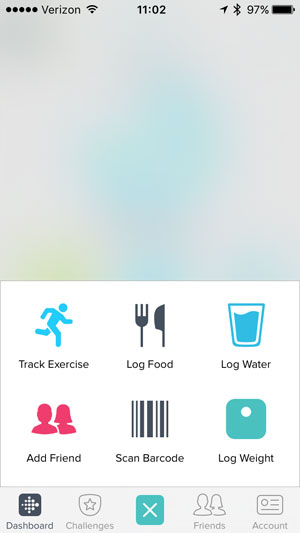This week, a video of renowned usability expert Don Norman of the Nielson Norman Group discussing the term “UX” garnered attention when he noted that, in his opinion:
Today, that term has been horribly misused. It’s used by people to say ‘I’m a user experience designer, I design websites or I design apps’ and they have no clue as to what they’re doing and they think the experience is that simple device, the website, or the app… No! It’s everything. It’s the way you experience the world. It’s the way you experience your life. It’s the way you experience the service… It’s a system that’s everything.
I’m on the bandwagon here. Nearly every day in my work, I hear someone try to justify his or her decision by claiming that whatever they like or don’t like is hurting or helping the user experience without ever speaking with customers or observing them interact with the organization.
UX has become the go-to scapegoat and savior. We can see this in the progression of how we refer to people who work on websites, going from “webmaster” in the 90s to today’s “user experience designer.” But it doesn’t take much digging to see the numerous customer experiences being developed right now that tenuously adhere to anything approaching universal design.
Interviews, persona development, usability testing, and interaction design continue to take a backseat and are often the first tasks eliminated as projects scope-creep beyond deadlines. It’s rare to find business leads who understand the holistic nature of the user experience and who value finding out what their customers want and how their projects influence the customer’s experience with the entire organization.
I’m hopeful more companies will embrace the true intention of user experience as an end-to-end, ongoing process, not a buzzword.
